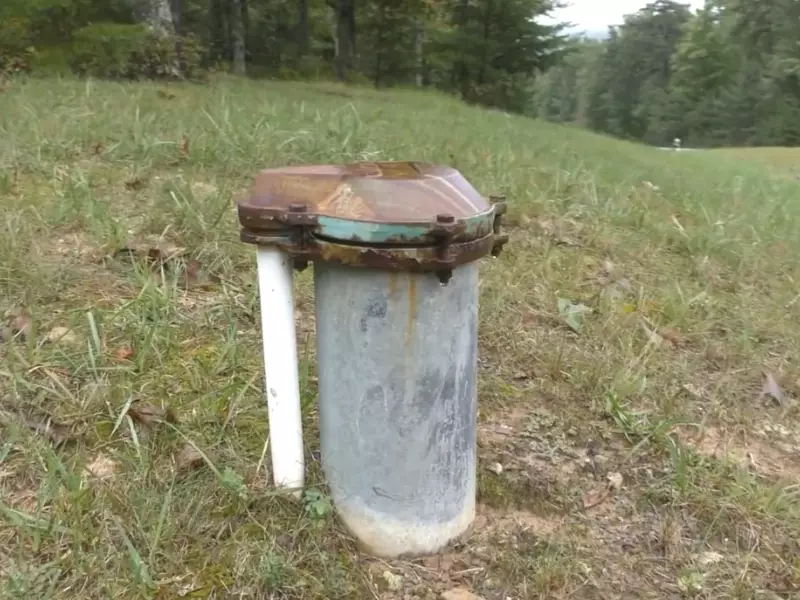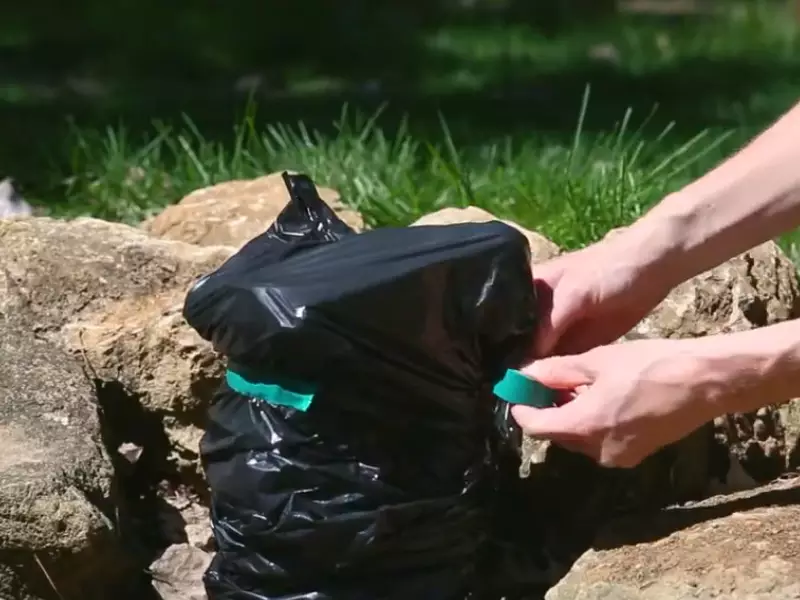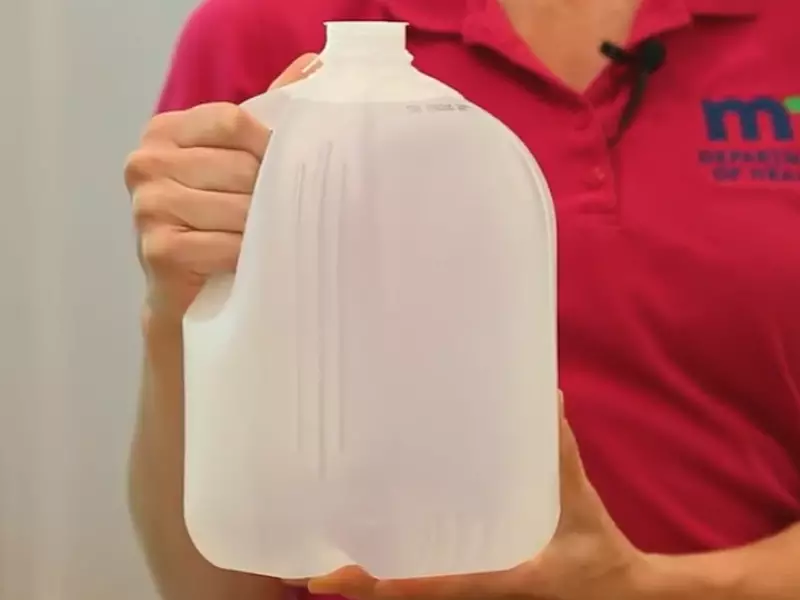Well flooding, a significant concern for many property owners, often goes unnoticed until it has caused considerable damage. This phenomenon not only threatens the structural integrity of wells but also compromises the water’s quality and safety.
Well flooding refers to the unintended overflow of water in a well due to various factors. This overflow, be it from natural events or human-induced actions, disrupts the balance and primary function of the well.
The implications of such a situation are vast, impacting everything from daily water usage to the larger environment, making the prevention of well flooding an essential task for all.
What is Well Flooding?
Well flooding is an unwarranted event where water levels inside a well rise significantly, exceeding the regular or expected levels. This unexpected water increase might be temporary, often subsiding once the causative event concludes, or it could become a more prolonged issue if the contributing factors aren’t addressed timely.

Causes of well flooding
Identifying the root causes of well flooding is essential for both its prevention and management.
Natural factors
Excessive rainfall: During periods of heavy rain, the groundwater table can rise, causing flooding in wells. Especially in areas that don’t have efficient groundwater drainage, this becomes a frequent issue.
Rising groundwater levels: Often, underlying aquifers may overflow, leading to an increase in the surrounding groundwater level. This can be due to multiple reasons including prolonged rainfall or changes in nearby water bodies.
Geographical changes: Land movements, soil erosion, or changes in the terrain can also affect the groundwater table, causing wells to flood.
Human-induced factors
Poor construction: A well built without considering the geographical and climatic conditions of an area is susceptible. For instance, constructing a shallow well in a flood-prone area can lead to regular overflows.
Neglect in maintenance: Not cleaning the well or ignoring minor leaks and cracks can compound over time, eventually leading to flooding.
Nearby activities: Construction projects, land excavation, or any activity that interferes with the groundwater can also contribute.

Impacts on water quality and supply
Water contamination: Flooded wells are at risk of being contaminated, especially if the floodwater carries harmful pollutants or pathogens. Even organic contaminants like leaves can decay, impacting water quality.
Structural damage: Consistent flooding might weaken the structural integrity of the well, making it unsafe and reducing its lifespan.
Reduced water supply: Overflows might signal a larger problem like a compromised source, leading to inconsistent water supply.
Easy Ways to Prevent Well Flooding
Regular well inspections
- Frequency and benefits: Bi-annual or annual checks can preempt many flooding causes. These inspections can identify wear and tear, ensuring that minor issues don’t escalate into major ones.
- Recognizing early signs of problems: Signs like wall dampness, reduced water clarity, or unusual noises can hint at potential flooding threats.
Proper well design and placement
Ensuring that a well is correctly positioned and designed is half the battle in preventing flooding.
- Importance of location: Avoid areas prone to waterlogging. Also, distance the well from places where water might collect, like near valleys or downhill terrains.
- Depth considerations: While a deeper well is generally safer from surface runoff, it’s essential to balance this against the local groundwater table to ensure consistent water supply.
Landscaping and drainage improvements
Strategic landscaping not only beautifies the surroundings but also plays a pivotal role in preventing well flooding.
- How it affects groundwater flow: Correctly channeled water flow prevents pooling around the well. Landscaping features can aid in guiding water away.
- Practical tips for homeowners: Incorporate features like retention basins or swales. They capture runoff, gradually releasing it, and reducing flooding risks.

Rainwater harvesting
An environmental and practical solution, rainwater harvesting can significantly reduce the risks of well flooding.
- Benefits and methods: Apart from conserving water, harvesting mechanisms help manage excessive rainwater. Using rain barrels or underground cisterns can store surplus water for later use.
- How it reduces the risk of flooding: As large volumes of rainwater are captured and stored, less of it reaches the ground, minimizing the chances of a raised groundwater table.
Appropriate well sealing and caps
Well caps and seals play a dual role: they prevent contaminants from entering the well and also act as the first line of defense against flooding.
- Types of seals and their efficiency: Quality seals made from durable materials ensure no external water seeps in. Caps should fit snugly, preventing any surface runoff from entering the well.
- Role in preventing contamination: A well-sealed well keeps out not just floodwater but also airborne contaminants, insects, and other potential pollutants.
Ground cover and vegetation
The type of vegetation around a well can play a significant role in its health and safety.
- Role of plants in water absorption: Plants, especially those with deep root systems, absorb excess water, reducing the chances of surface runoff flooding the well.
- Best choices for well vicinity: Grasses, certain shrubs, and even trees like willows, known for their water-absorbing capabilities, can be strategically planted. Not only do they absorb water, but they also stabilize the soil, reducing erosion risks.
Importance of Public Awareness
Promoting knowledge on this issue isn’t just for individual benefits. A collective understanding of well flooding fosters community-wide prevention. When the entire community is aware and takes steps, the effectiveness multiplies. Moreover, a community approach to prevention also ensures shared resources and solutions.
Frequently Asked Questions
Why is my well flooding despite regular inspections?
Flooding can occur due to unpredictable natural events or sudden changes in the surrounding environment. It’s essential to adapt preventive measures based on these changes.
How can I detect early signs of potential flooding?
Regular inspection, noting water discoloration, altered taste, or unexplained water level fluctuations can serve as indicators.
Are there specific plants best suited to prevent well flooding?
Yes, plants with deeper roots, such as certain grasses and shrubs, are ideal. They absorb more water and stabilize the soil.
Conclusion
The repercussions of well flooding are not to be taken lightly, impacting both individual households and larger communities. Proactive measures and consistent maintenance can go a long way in mitigating the associated risks.
Property owners bear the responsibility of ensuring their wells are safe and flood-free. However, it is also a collective effort, with community awareness amplifying the results.
In the fight against well flooding, knowledge is power. Embracing preventive strategies ensures the safeguarding of our essential water resources.